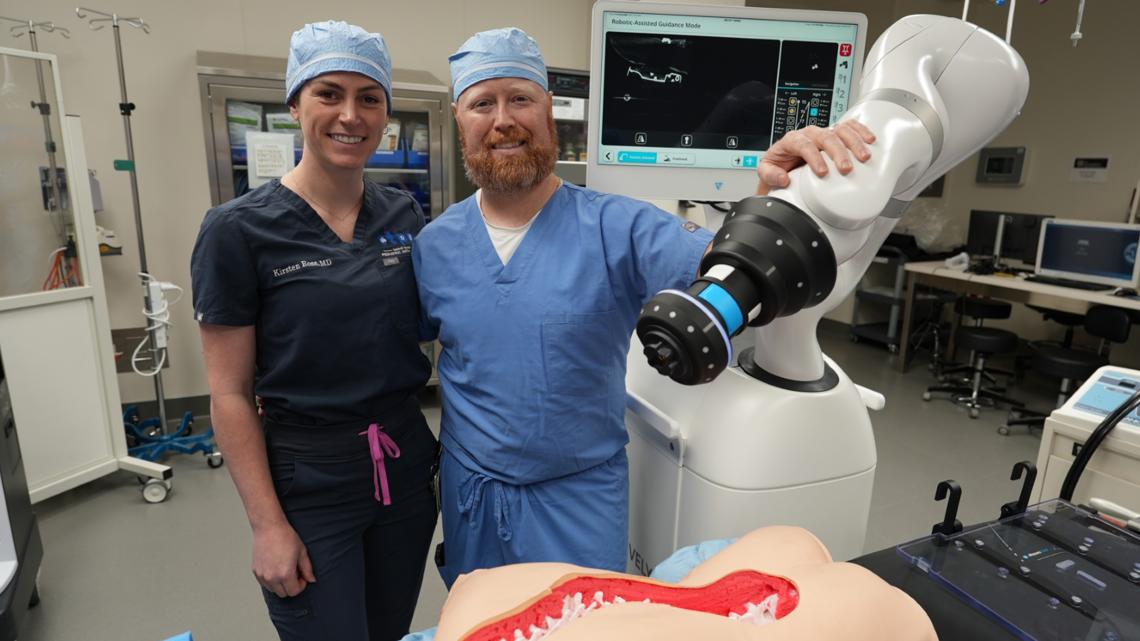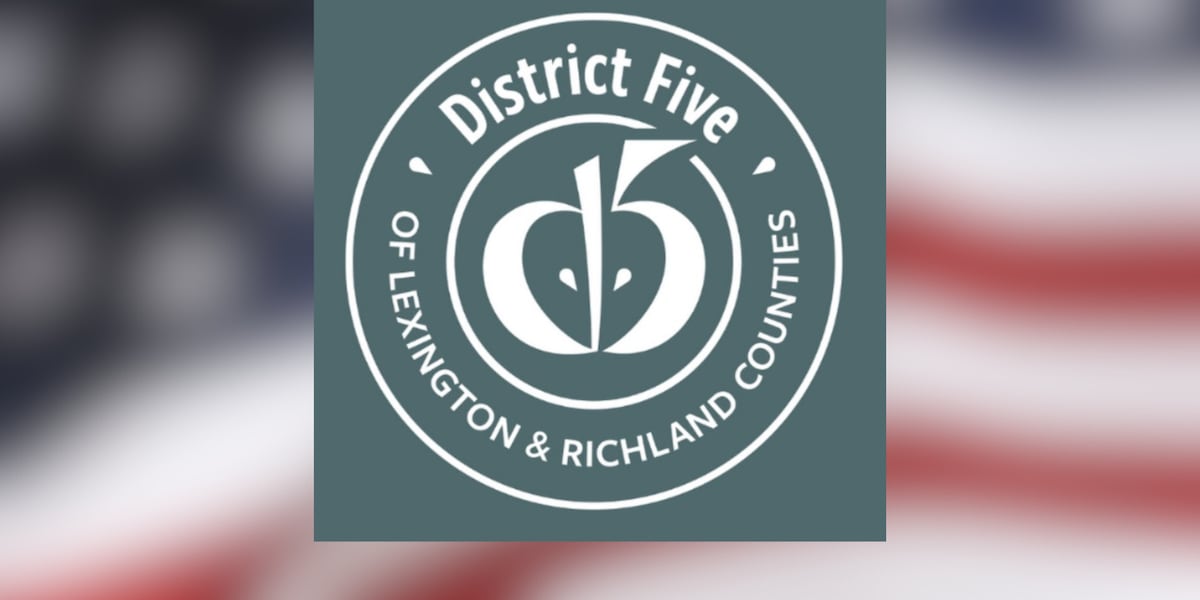Revolutionizing Transportation: How Autonomous VTOL Aircraft Could Be the Future

The future of transportation is rapidly evolving, and one technology stands poised to redefine how we move people and goods: autonomous Vertical Take-Off and Landing (VTOL) aircraft. Drawing a parallel to the transformative impact of the jet engine, these unmanned aerial systems (UAS) have the potential to revolutionize industries from logistics and emergency services to urban air mobility. However, realizing this potential hinges on delivering tangible economic value and establishing a clear path to profitability for operators.
The Promise of Autonomous VTOL Aircraft
Imagine a world where congested highways are bypassed by silent, electric VTOL aircraft swiftly transporting packages or providing rapid emergency response. This isn't science fiction; it's the promise of autonomous VTOL technology. These aircraft offer several key advantages:
- Efficiency: VTOL capabilities eliminate the need for runways, allowing for point-to-point travel and access to remote locations.
- Reduced Congestion: By utilizing airspace, VTOLs can alleviate pressure on ground transportation networks, particularly in urban areas.
- Sustainability: Electric propulsion systems contribute to a greener transportation ecosystem, reducing emissions and noise pollution.
- Increased Speed: Autonomous operation can optimize flight paths and speeds, leading to faster delivery times and reduced travel durations.
The Path to Profitability: Key Considerations
While the potential is immense, the journey to widespread adoption of autonomous VTOL aircraft isn't without its challenges. Achieving transformative status requires a laser focus on profitability. Here's a breakdown of critical factors:
1. Operational Costs:
Minimizing operational expenses is paramount. This includes:
- Energy Efficiency: Optimizing aircraft design and utilizing renewable energy sources can significantly reduce fuel costs.
- Maintenance: Autonomous systems require robust maintenance programs, but advancements in predictive maintenance and remote diagnostics can minimize downtime and associated costs.
- Air Traffic Management: Seamless integration with air traffic control systems and the development of automated flight management tools are essential for safe and efficient operations.
2. Regulatory Landscape:
Clear and consistent regulations are crucial for fostering innovation and ensuring public safety. Collaboration between industry stakeholders and regulatory bodies is necessary to establish a framework that supports the responsible development and deployment of autonomous VTOL aircraft.
3. Public Perception & Safety:
Addressing public concerns about safety and noise pollution is vital for gaining acceptance. Demonstrating a commitment to rigorous testing, safety protocols, and quiet operation will be key to building trust.
4. Business Models:
Exploring diverse business models is essential for unlocking value. Potential applications include:
- Package Delivery: Rapid and efficient delivery of goods, particularly in urban areas and remote locations.
- Emergency Medical Services: Quick transport of medical personnel and supplies to accident scenes or remote communities.
- Search and Rescue: Improved situational awareness and rapid response capabilities for search and rescue operations.
- Urban Air Mobility: On-demand air taxi services for passengers, reducing commute times and alleviating traffic congestion.






